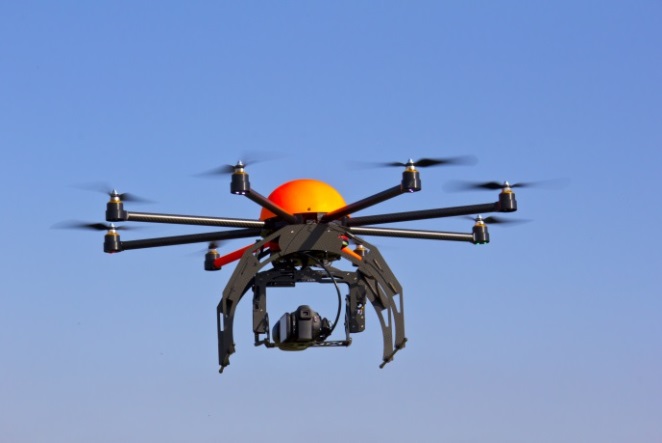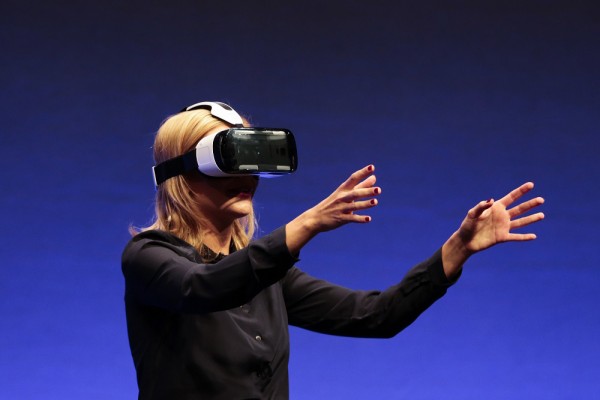A Canadian university has turned a beloved concept in science fiction – 3D holographic communication – into real technology. A CBC article details how researchers demonstrated a videoconferencing system that can create life-sized, three-dimensional holograms of people in distant locations as if they were in the same room.
The technology is straight out of Star Wars, where fictional characters can talk to holograms of the other party on the opposite side of the galaxy.
Called TeleHuman 2, it first debuted at an international conference in Montreal, Canada on April 2018. It is the pioneering work of Roel Vertegaal, a professor from Queen’s University.
Vertegaal developed the holographic system as an answer to the limitations of current videoconferencing technology. Skype and other video calls are two-dimensional, which hinders the eye contact that makes conversations emphatic and personally involving.
Furthermore, 2D video calls hamper other forms of non-verbal communication that people are unconsciously used to. The end result is that users do not feel like they are really conversing with another person. (Related: Laser holography kit that can fit in a backpack can project holograms into your brain.)
New videoconferencing system creates true 3D holograms of faraway people
This is where TeleHuman 2 comes in. The system is centered upon a cylinder as tall and wide as a human being. The surface of this pod is made from retro-reflective materials, which bounce light back to its source with minimal scattering.
An arrangement of depth cameras takes remote 3D images of the target. The images are sent to a ring of “smart” light projectors fitted above and around the cylindrical pod.
When these projectors shine upon the pod, they create a light field that shows an appropriate image for every degree of angle. The result is a true three-dimensional hologram, live images “teleported” from one location to another. This is considered a big step in human telepresence.
Unlike virtual reality systems, TeleHuman 2 will not require a specialized headset or pair of 3D glasses. This form of augmented reality can be viewed and experienced with the unassisted human eye.
Vertegaal stresses that the common conception of a hologram is inaccurate. For example, the famous image of Tupac Shakur seen during the Coachella Performance of 2012 is a “Pepper Ghost,” a two-dimensional video that is being projected onto a glass pane.
The hologram generated by TeleHuman 2 is a real one in every sense of the word. It projects a three-dimensional image of an object – say, a human being – inside the pod. Multiple users can walk around the pod and look at it from various angles.
3D holographic technology has limitless potential
An earlier version, TeleHuman, appeared in 2012. The prototype required the use of 3D glasses and could only be used by one person at a time.
“Face-to-face interaction transfers an immense amount of non-verbal information,” explained Vertegaal, who teaches classes on the interactions of humans and computers. “This information is lost in online tools, promoting poor online behaviors. Users miss the proxemics, gestures, facial expressions, and eye contact that bring nuance, emotional connotation and ultimately, empathy to a conversation.”
The new holographic videoconferencing system could one day see use in professional circles, the entertainment industry, and personal communication. Its creator claims the list of potential applications is limitless.
For example, TeleHuman 2 can reduce the need for businessmen to take long, tiring trips to other states or countries, causing savings in fossil fuels and priceless time. It could also enable performers to make multiple simultaneous appearances in a large venue, increasing their connection with their audience.
If you have taken a shine to 3D holographic technologies, you can read more articles like this at VirtualReality.news.
Sources include:
CBC.ca
HML.QueensU.ca



















